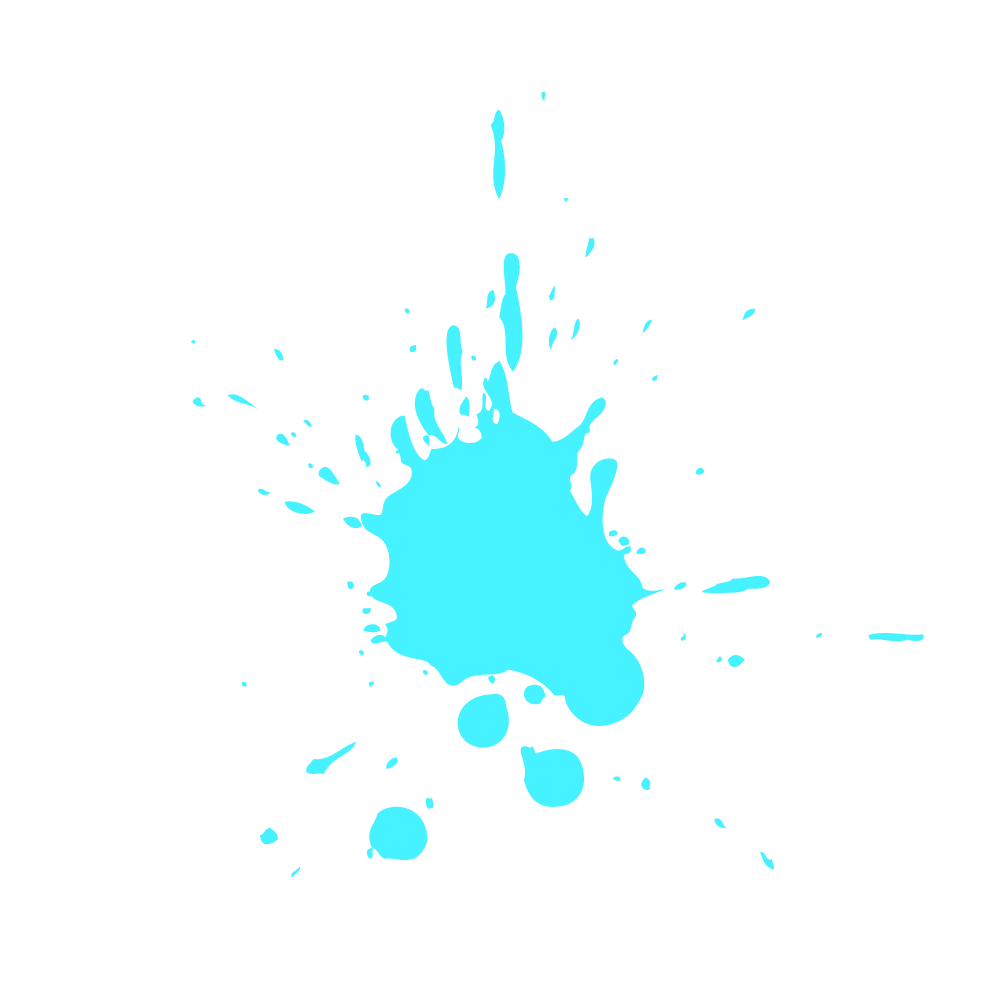Once, during a workshop, I asked people to close their eyes and recall where they were when they had their best ideas. Over 80% of participants said they were in the shower, in bed, jogging, or playing with their children — anywhere but work. Out of 15,000 people, not a single person said they get their best ideas on the job. This isn’t a coincidence; it’s a symptom of how traditional work environments stifle creative thinking.
In fact, a 2023 study found that fun at work had a positive correlation to creative behavior. Playful leaders inspired their teams to come up with more original ideas and were more likely to create a positive work environment. Consider the most creative people: children. What do children do better than anyone else? They play.
To overcome creative blocks for yourself and your teams, you should start with a playful mindset.
How Play Affects the Brain
Research shows that creativity often involves a dance between the brain’s cognitive control network — responsible for planning and problem-solving — and the default mode network, which lights up during mind-wandering or daydreaming. In fact, studies with creative writers and physicists reveal that about a fifth of their most important ideas occur when they’re mind-wandering, not focused on a specific task. This is why spending time in nature or simply gazing out of a window can enhance creativity; these activities allow the mind to wander freely, something a typical cubicle-bound workday rarely permits.
Think about the last argument you had. As you walked away, what popped into your head? The perfect comeback, right? But why didn’t it come to you in the heat of the moment? Because during the argument, your brain was in overdrive, defending itself. At work, our brains are similarly overloaded with emails, meetings, reports, training, and so on. We often don’t have time to think. This is because our brains are stuck in what science calls the beta state — a state of constant busyness where creativity is blocked. When you’re in beta, the door between your conscious and subconscious mind is shut.
By contrast, the alpha and theta states, characterized by slower brain activity and greater mental relaxation, open that door. When you’re in an alpha state, perhaps resting after completing a task or taking a break to meditate, your mind is more receptive to creative ideas. When you’re in a theta state, you’re likely daydreaming, taking a long drive, or jogging. In this state, your mind is free to wander, allowing ideas to flow without censorship or overthinking. This is why those “aha” moments often occur in the shower, during a walk, or even while brushing your hair — activities that naturally put you in an alpha or theta state where creativity thrives. The key to making the jump from beta to alpha or theta? Playfulness.
How do we shift from this busy state of mind to a more creative one? Discover some practical methods to infuse play into your workplace and unlock creativity over on the full article I published on Harvard Business Review.
Photo Credit: Simon Marcus Taplin / Getty Images / HBR




